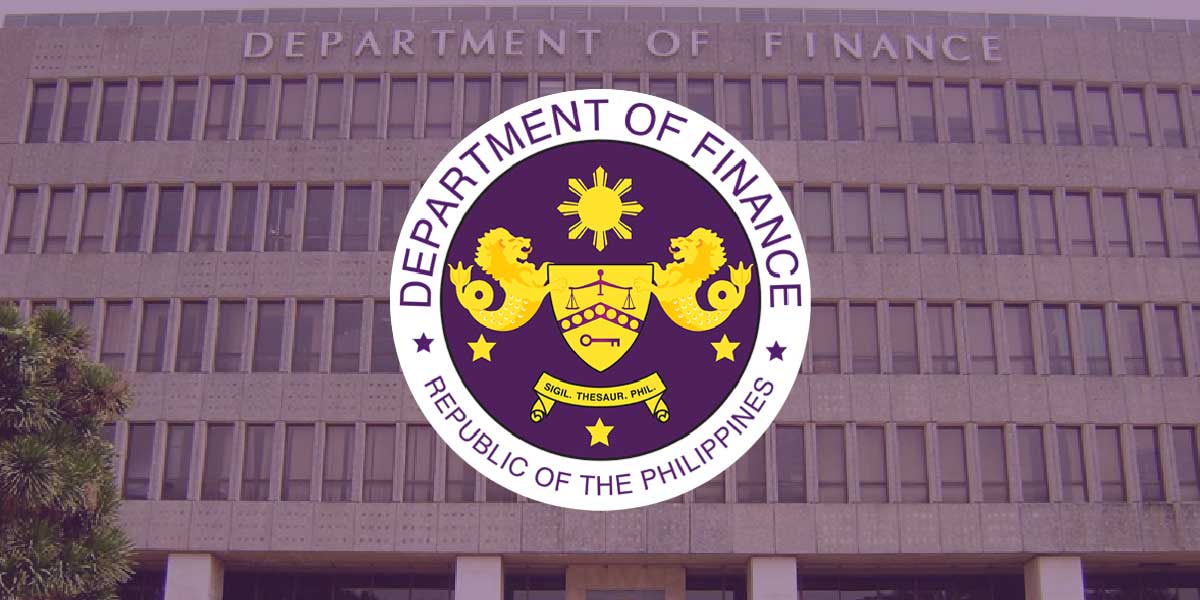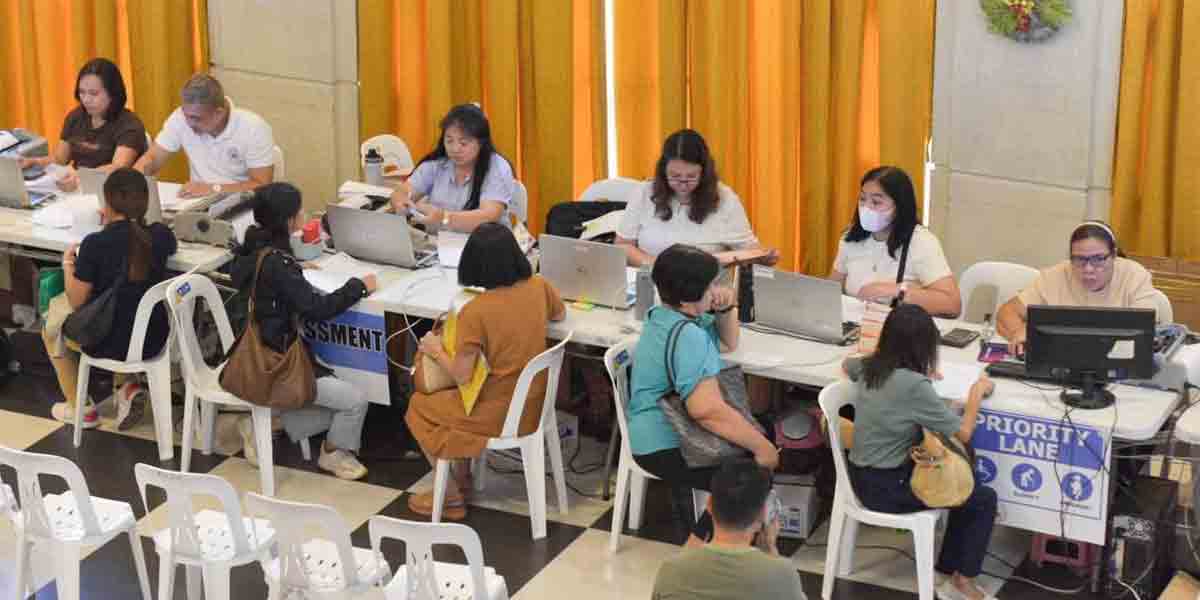The digital revolution has transformed how our children learn, play, and connect with others. Yet beneath the surface of this technological advancement lies a growing crisis that demands immediate attention.
Recent discussions at the WEB Safe and Wise: Safer Internet Day 2025 event have highlighted the urgent need to protect our youth in online spaces, with children themselves calling for greater safety measures and understanding from adults.
A 2021 UNICEF report revealed that one in every two Filipino children aged 12 to 17 had been victims of online sexual abuse and exploitation. The Philippines is also the world’s highest producer of content rooted in online child sexual exploitation, according to a study by the US-based National Center for Missing and Exploited Children (NCMEC).
These mirrors global trends, with a 2023 Internet Watch Foundation report revealing a 87% increase in child sexual abuse material online over the previous five years. The UK’s Office of Communications (Ofcom) found that 79% of children aged 8-17 have had potentially harmful online experiences, from cyberbullying to exposure to inappropriate content.
What makes this crisis particularly challenging is its multifaceted nature. Tech companies’ profit-driven algorithms keep young users engaged through addictive design patterns, while simultaneously harvesting their personal data. The International Journal of Environmental Research and Public Health reports that excessive screen time and social media use among adolescents correlates with increased rates of anxiety, depression, and sleep disorders.
Children and young people are particularly vulnerable to various online threats, including cyberbullying, identity theft, and inappropriate content. Without proper guidance and safeguards, they are at risk of being exploited by malicious actors who capitalize on digital loopholes.
Simply demonizing technology isn’t the answer. As youth advocates wisely noted, “the internet is not the enemy.” Instead, we need a comprehensive approach that brings together parents, educators, tech companies, and policymakers.
Parents play a crucial role in ensuring their children’s online safety. Research from the Journal of Youth Studies shows that children with parents who actively engage in their digital lives are 60% more likely to navigate online risks successfully.
However, many lack digital literacy and struggle to understand the platforms their children use daily. To address this gap, digital literacy programs should be implemented at the community level to help parents navigate online risks and establish open communication with their children.
Educators, on the other hand, must integrate digital citizenship into school curricula, teaching students about responsible internet use, recognizing online threats, and protecting personal information. Schools should also provide counseling services to support victims of cyberbullying and online harassment.
The passage of Republic Act 11930, or the Anti-Online Sexual Abuse and Exploitation of Children Act, was a landmark step in protecting Filipino children from online predators. However, enforcement remains a challenge. The government must allocate more resources to law enforcement agencies specializing in cybercrime, ensuring they have the necessary technology and expertise to track and prosecute offenders.
Furthermore, regulations must be continuously updated to address emerging threats, such as deepfake content and AI-driven manipulation targeting minors. Strengthening international cooperation is also essential in combating cross-border online crimes against children.
Technology companies must prioritize user safety over profit. While platforms collect massive amounts of data for targeted advertising, they must also be held accountable for the potential risks they create for children. Implementing stricter data protection policies, limiting the collection of minors’ information, and integrating robust age-verification systems can significantly reduce risks.
Social media companies must also develop more effective content moderation systems to swiftly remove harmful materials. Additionally, platforms should provide children with accessible, nonjudgmental, and child-friendly reporting mechanisms to report cyberbullying, exploitation, and other forms of abuse.
Public awareness campaigns, such as the recent WEB Safe and Wise: Safer Internet Day 2025, play a vital role in educating families, teachers, and children about online safety. Civil society organizations should collaborate with local governments to conduct workshops, distribute educational materials, and provide digital safety training in schools and barangays.
Moreover, empowering children and youth to advocate for their rights in digital spaces is crucial. When young people are informed and confident in navigating the internet, they become active participants in shaping a safer online environment.
Ensuring a safer digital world for children requires a collective effort. Parents must stay informed and engaged in their children’s online lives. Schools must integrate digital literacy into education. Governments must enforce laws that hold offenders accountable. Tech companies must implement stricter policies to protect young users. Finally, communities must foster a culture of digital responsibility and kindness.
The internet should be a space where children can learn, explore, and connect without fear. By taking proactive steps today, we can create a digital landscape that prioritizes safety, privacy, and well-being for future generations.
























